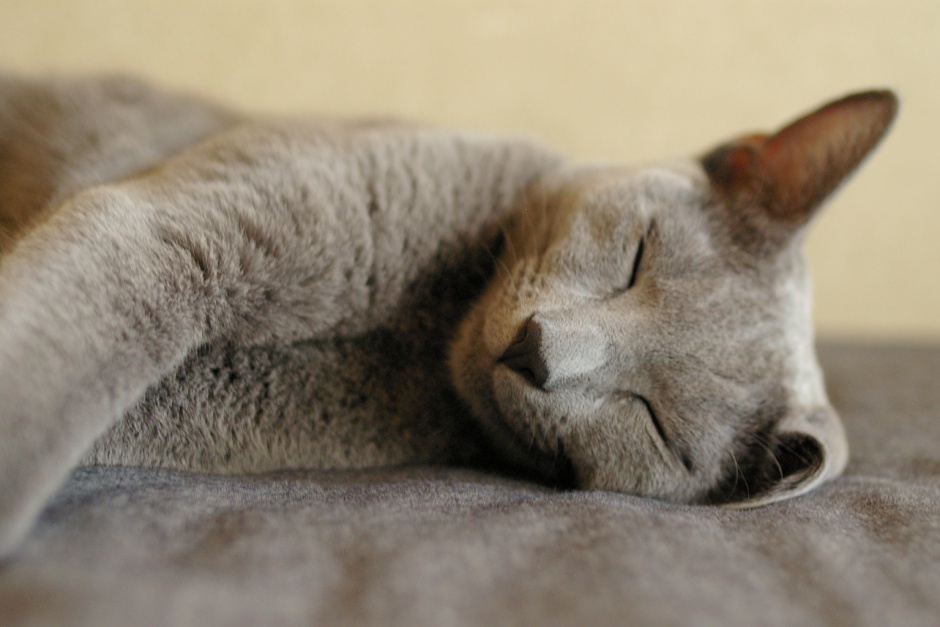vol.
013
JULY
2016
vol.013 / Round-trip Letters
Rio Hirai × Kenro Hayamizu
Two people exchange everyday thoughts about Tokyo.
Letter 4 Kenro Hayamizu → Rio Hirai
2016.08.19

Comrade in arms. Hmm. Amazingly, no one comes to mind. It’s been a battle-free life. I’m a pacifist by nature. But actually, what came to mind faintly was the face of my cat. In our house in summer, a shiny black “G” [gokiburi, or cockroach] sometimes appears. When there’s one in the room, Saba (my cat’s name) becomes agitated, and when she sees it, she gets excited and chases it around. I hold a rolled-up newspaper in one hand as reinforcement. It’s a battle in which the highly intelligent human race joins forces with the animal kingdom’s most ferocious members, the cat family. But even so, it’s usually a hard fight. My cat has zero wildness about her, and she’s completely useless. It’s all she can manage just to turn the G over with her claws. A desperate battle against a single G. Well, you might say it’s a summer tradition. It stands to reason that a species that has survived for over 300 million years has no natural predators.
Anyway, let’s go back to your late-night wandering with Tomoko Honda. It sounds fun. There must be a lot of people in Tokyo who have jobs where they always have to work late and always wind up having dinner late at night, like you and Ms. Honda at the time. But actually, restaurants and bars in Tokyo don’t stay open very late. In Osaka and Fukuoka, I’m always surprised to see places open really late and a lot of people out in the city late at night. And when I talk with tourists from overseas, they always ask me why there are so few places in Tokyo where people can go out late at night.
Recently, though, it’s been changing. The food court at NEWoMan, which was recently built in Shinjuku, is open until 4 a.m. and it’s busy until early morning. In Tokyo the place that is busiest late at night is Marunouchi House, on the 7th floor of the Shin-Marunouchi Building. Even at 2 a.m., it’s filled with people–at some restaurants you actually have to wait in line. Places like Golden Gai in Shinjuku and Ginza Corridor Street in Shinbashi are also busy late at night. Tokyo is in the process of becoming a 24-hour city, too.
What sorts of changes have there been in Tokyo? I think there are more people who don’t worry about catching the last train at night. Recently there’s a higher concentration of people in the city center, and this has led to a lifestyle free of long-distance commuting. Tokyo used to be one of the world’s ultimate commuter cities, but now people are choosing to live near their workplace instead. Incidentally, I heard that the population density of the old city of Edo was much higher than that of today’s central Tokyo, even with its high-rise apartment buildings, and it seems there was more hustle and bustle in the city than there is today.
Now for a question. Is there something you always do in summer?






